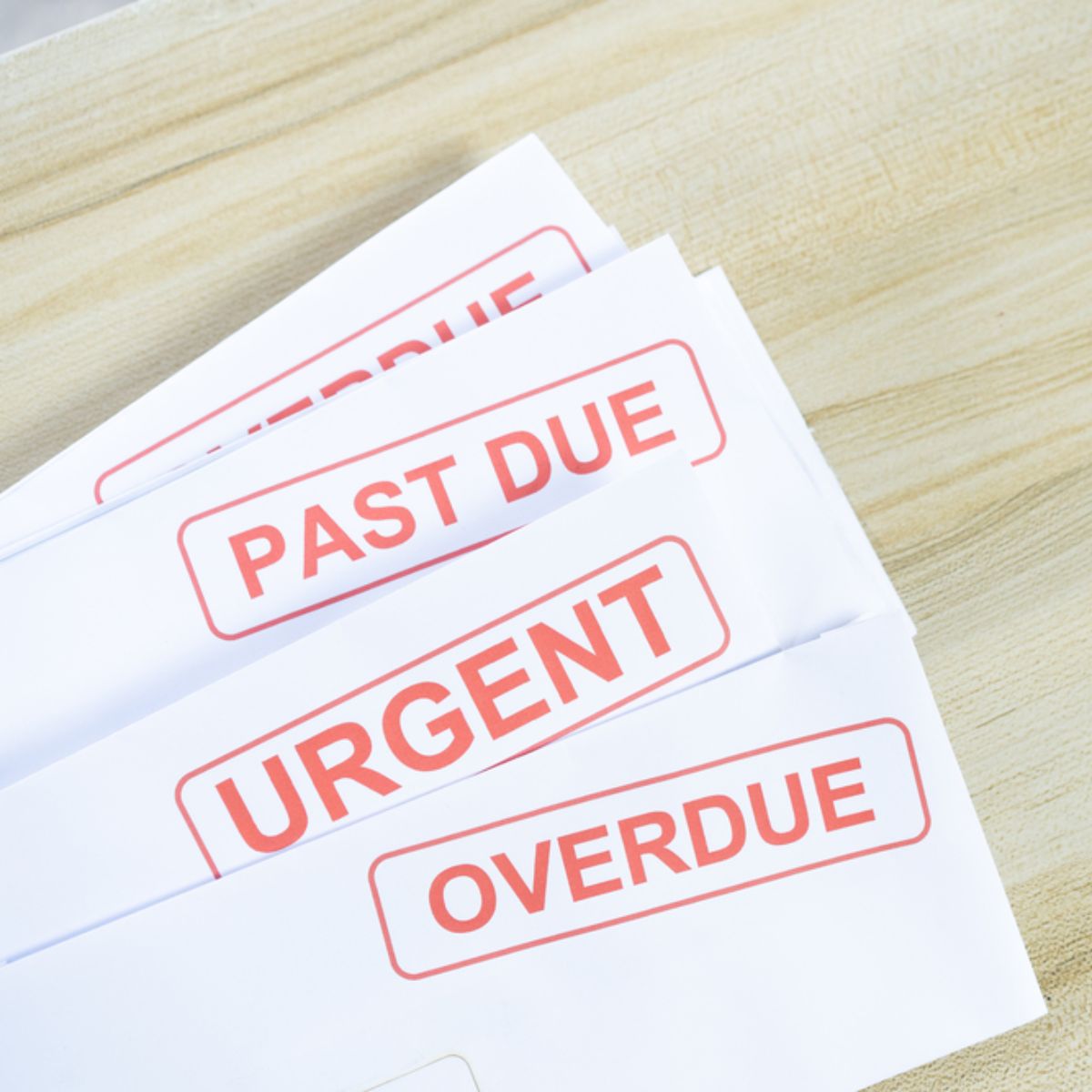How Early-Out Practices Can Reduce Bad Debt

Many healthcare providers struggle with cash flow as the result of bad debt — unpaid or long-overdue invoices unlikely to ever see fulfillment. The key to avoiding bad debt is to catch it before an account becomes delinquent. Discover how early-out practices can reduce bad debt and how you can best implement them.
Bad debt is a common challenge many healthcare providers face, and it can have a significant impact on the financial health of the practice. Thankfully, there are solutions to reduce the risk of bad debt — the most productive of which is to adopt early-out practices. Identifying and addressing delinquent accounts before they reach a more advanced stage of collections are among the best ways to prevent costly write-downs and improve practice cash flow.
Understanding Bad Debt
Bad debt refers to any outstanding or owed cost unlikely to be paid. In healthcare, bad debt is all too common for a variety of reasons — not least of which is the inability to afford the cost of much-needed services. Often, patients saddled with a bill simply can’t afford to pay it, resulting in bad debt on the books for providers.
Bad debt can have a considerable impact on a practice’s financial performance and cash flow. To mitigate these consequences and avoid the prospect of bad debt, providers can employ various pre-default strategies, including early-out practices.
What Are Early-Out Practices?
Early-out practices are a “soft collections” approach. They involve reaching out to patients to remind them of their outstanding balances and encouraging them to make payments. Typically, there’s also a conversation about payment plans or installment payments.
Traditional debt collection usually is more aggressive and may include legal action or collection calls from third-party agencies. Early-out practices, on the other hand, are designed to engage with patients and encourage them to make payments before their bills become delinquent. This proactive approach is more conversational than pursuing already overdue debt. Done right, early-out practices can improve revenue and reduce bad debt write-offs — all while strengthening relationships with patients.
Early-Out Practices in Action
While strategies may vary, early-out practices typically consist of several key steps, including some form of the following:
- Sending reminders to patients via mail or email to keep them apprised of payment due dates or to provide resources if they’re unable to pay their bills.
- Making phone calls to connect with patients about bills coming due, offering to answer any questions, and discussing payment plans or other options.
- Mailing information about payment plans, installment programs, or financial assistance resources to patients who have expressed concern about their inability to pay a bill.

By contacting patients early and kindly (i.e., without the undertone of an overdue balance), early-out practices can reduce the tension many patients feel about an impending default. They are also more likely to make payments when they’re gently reminded of their outstanding debts and offered convenient payment options.
Not only can early-out practices help turn potential default into revenue, but they can even improve cash flow. For example, a practice sending reminder information 20 days after issuing a bill might see payments come through 10 days before they’re due (net 30 terms). Likewise, creating an installment plan for a patient likely to default on their bill can create reliable, incremental revenue for six months — as opposed to a bad debt charge.
Make Early-Out Practices a Priority
Making early-out practices a priority in revenue cycle management (RCM) is a proactive solution to eliminate bad debt before it becomes an issue. But this requires additional investments of time, energy, and attention to recognize potential bad debt accounts and keep up with them before they fall into the red.
Working with an RCM partner can help to facilitate early-out practices. Specialists like TruBridge provide expertise and resources for proactively addressing bad debt, including advanced analytics and customized communication strategies. The result can help practices recover debts more quickly and efficiently while freeing up internal resources to focus on other aspects of operation.
Take Bad Debt Out of the Equation
Early-out practices are a powerful tool for reducing bad debt. By implementing proactive strategies to identify and address patient financial responsibility early in the revenue cycle, providers can improve collections and lower the risk of bad debt write-offs. A little communication, financial counseling, and payment plan options can go a long way in helping patients understand their financial obligations and encourage them to make timely payments.
Learn more about the benefits of early-our practices.